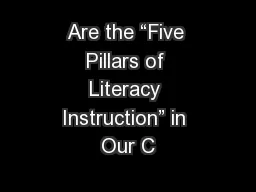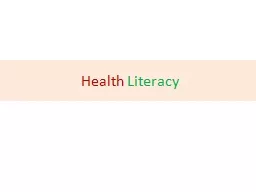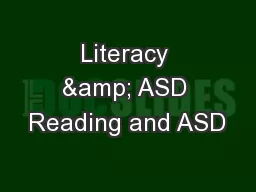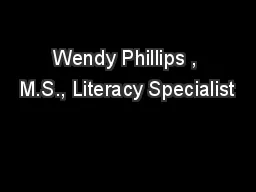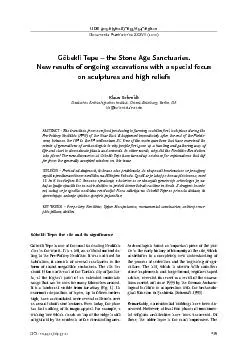PPT-Are the “Five Pillars of Literacy Instruction” in Our C
Author : mitsue-stanley | Published Date : 2017-05-29
Stephanie Fuchs The Five Pillars The Five Pillars of literacy identified by the National Reading Panel 2000 are phonemic awareness phonics reading fluency vocabulary
Presentation Embed Code
Download Presentation
Download Presentation The PPT/PDF document "Are the “Five Pillars of Literacy Inst..." is the property of its rightful owner. Permission is granted to download and print the materials on this website for personal, non-commercial use only, and to display it on your personal computer provided you do not modify the materials and that you retain all copyright notices contained in the materials. By downloading content from our website, you accept the terms of this agreement.
Are the “Five Pillars of Literacy Instruction” in Our C: Transcript
Download Rules Of Document
"Are the “Five Pillars of Literacy Instruction” in Our C"The content belongs to its owner. You may download and print it for personal use, without modification, and keep all copyright notices. By downloading, you agree to these terms.
Related Documents

